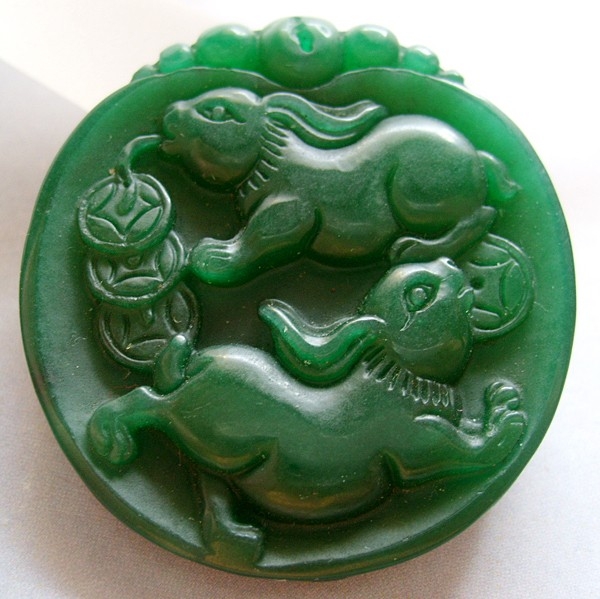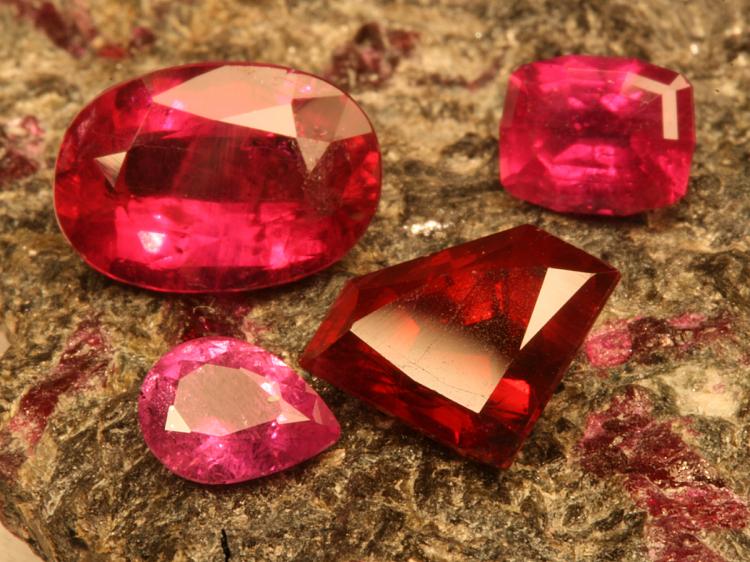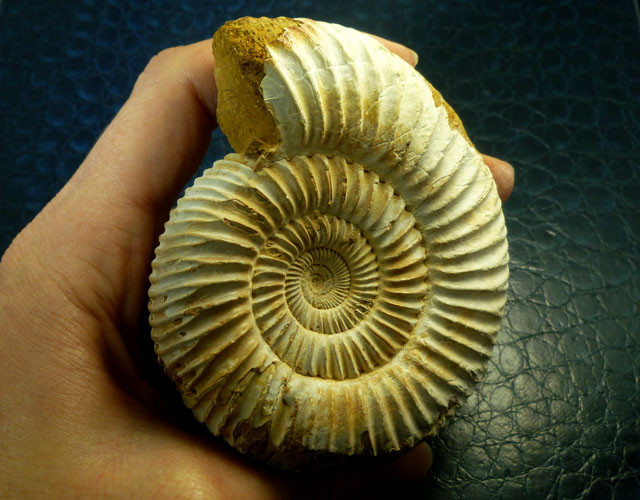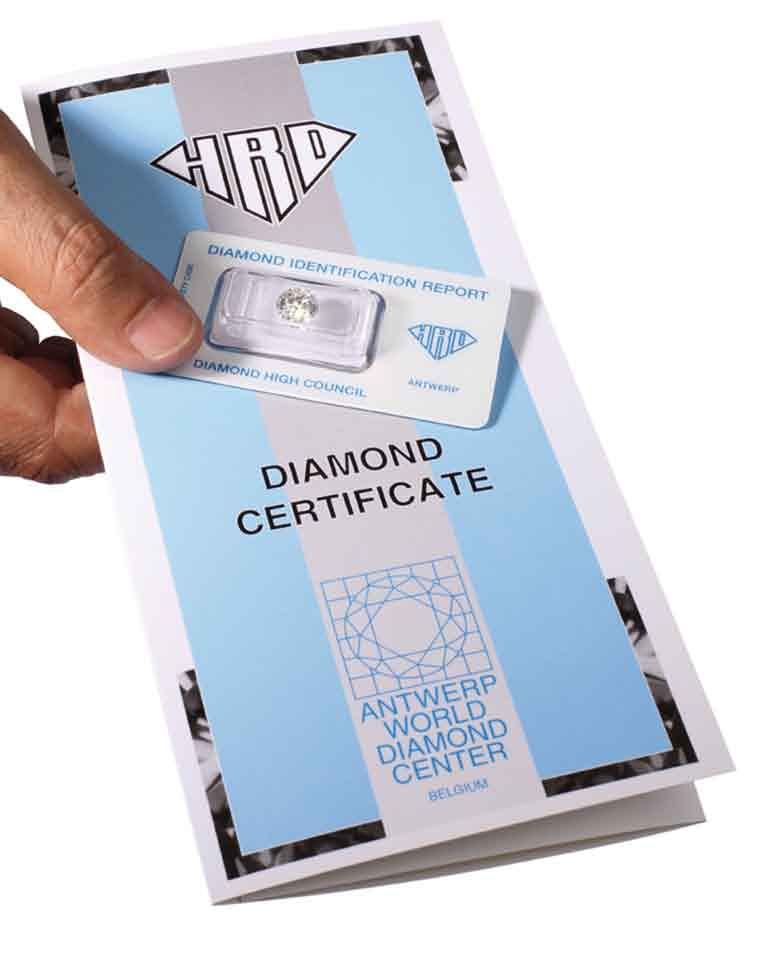Jade is a name that was applied to ornamental stones that were being brought to Europe from China and Central America. It wasn’t until 1863 that it was realized that Jade was being applied to two different minerals. The two minerals are both exquisite for the purposes that jade is put to task and are hard to distinguish from each other. So what to do? Leave it alone and call them both Jade!
Jadeite is almost never found in individual crystals and is composed of microscopic interlocking crystals that produce a very tough material. Nephrite is actually not a mineral, but a variety of the mineral Actinolite.
The nephrite variety is composed of fibrous crystals inter-twinned in a tough compact mass. Other actinolite varieties are quite different from nephrite.
The toughness of jade is remarkable. It has a strength greater than steel and was put to work by many early civilizations for axes, knives and weapons. It was later that jade became a symbolic stone used in ornaments and other religious artifacts.
Today jade is still valued for its beauty. Its many colours are appreciated, but it’s the emerald green color that jadeite produces so well that is highly sought after by artwork collectors. This emerald green jade called “Imperial Jade” is coloured by chromium. Other colours are influenced by iron (green and brown) and manganese is thought to produce the violet colors. Nephrite is usually only green and creamy white, while jadeite can have the full range of jade’s colours.
Jadeite is one of the two minerals called jade. The other jade mineral is nephrite, which is a variety of actinolite. Jade has been used for eons in China and Central America as an ornamental and religious stone of deep significance. The nephrite jade was used mostly in China, although both have been used in both regions. Nephrite is more abundant than jadeite and has few colour varieties, ranging only from creamy white to green.
Jadeite is found in strongly metamorphosed sodium-rich serpentinous rocks, and is named from the Spanish “piedra de ijada” (stone of the side) as it was thought to cure kidney stones and other kidney ailments.
Jadeite has many colour varieties, and while green jadeite is most recognizable as jade, it is more commonly found as a greyish green, and may also be white, a pale blue-gray, or even a pale purple.
- Colour is usually green to greyish-green, white, pale shades of blue or purple, may also be yellow or pink.
- Lustre is vitreous.
- Transparency: examples are translucent.
Actinolite is a relatively common mineral in some metamorphic rocks. It belongs to a series with the minerals tremolite and ferro-actinolite. A series occurs when ions can freely substitute between each other. In this case, when iron is predominant the mineral is ferro-actinolite and when magnesium is predominant the mineral is tremolite. Actinolite is the intermediate member.
A variety of actinolite is composed of microscopically fibrous crystals (asbestos) and is called byssolite. Other minerals also form asbestos such as serpentine and the minerals of the series mentioned above. Serpentine asbestos is more widely used and of a better grade in general. Although asbestos has been shown to cause cancer in humans when inhaled in high enough concentrations, it still has many valuable applications. Asbestos is used for fire retardant materials and brake shoes and pads. Its prior use as insulation has been all but eliminated due to health concerns.
A variety of actinolite, nephrite, is one of the two minerals called jade. The other jade mineral is jadeite. Jade has been used for eons in China and Central America as an ornamental and religious stone of deep significance. The nephrite jade was used mostly in China, although both have been used in both regions. Nephrite is more abundant than jadeite and has few color varieties, ranging only from creamy white to green.
Simple actinolite occasionally forms interesting crystal habits and specimens. Crystals can be similar to hornblende, but are always translucent or even transparent. Typically they are prismatic, flattened and elongated. Crystal specimens of actinolite can make very interesting mineral specimens.
- Colour is usually green. white or grey.
- Lustre is vitreous.
- Transparency: examples are translucent to transparent.




















